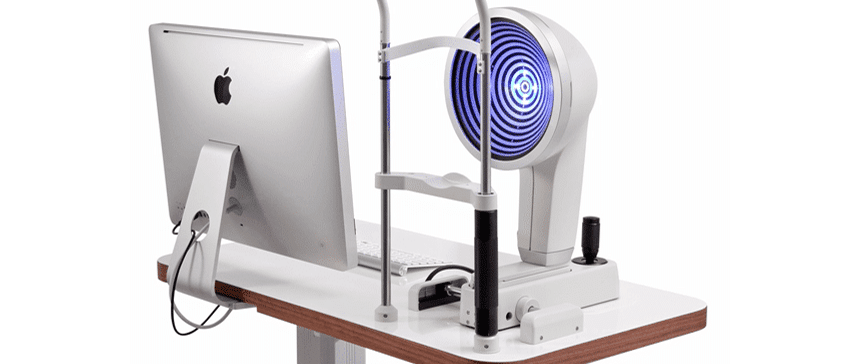Oculus Keratograph: Advanced LASIK Dry Eye Screening

Laser Eye Institute is excited to announce the addition of the Oculus Keratograph to our suite of advanced diagnostic devices. The Keratograph enables us to screen patients digitally (and touch-free) for a range of Dry Eye conditions.
Dry Eye Screening for SMILE, LASIK, and PRK
One important part of the screening process for laser vision correction (SMILE, LASIK and PRK) is properly screening a patient for Dry Eye. This screening is traditionally performed using a Schirmer’s or Tear breakup time (TBUT) test. While these tests have been around for decades they both require physical contact with the patients eye and are subjective tests that may result in errors while evaluating the results.
Tear break-up time test
During a tear break-up time test a fluorescein dye drop is placed in the eye, then a clinician will have the patient blink and examine them under a slit lamp microscope. During the examination the clinician will measure the amount of time for any spots of dryness to occur on the surface of the eye.
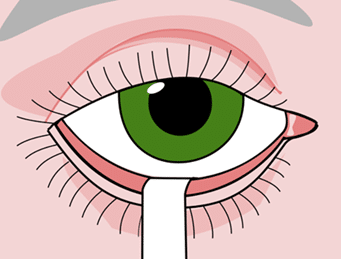
Schirmer’s test
This test takes advantage of capillary action (have you ever spilled water on a sheet of paper and watched the paper soak up the water, that’s capillary action). A small strip of paper is placed on the patients’ lower eyelid for five minutes. Afterwards the strip of paper is removed and the amount of tears absorbed into the paper provides the resulting dryness measurement.
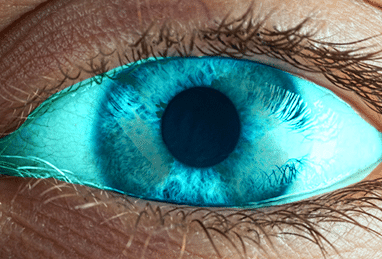
Introducing Keratograph
Recently, Oculus (A leader in diagnostic devices for eye) introduced a device that screens and measures eye dryness using advanced imaging technology to make the measurement contact-free and completely objective, removing any possibility of an interpretation error by a clinician.
The keratograph works by using a using an array of LEDs in the white, blue, and infrared light spectrum to measure thousands of data points across the entire surface of the eye and capture this data with a CCD camera.
This solution provides accurate and objective results in a fraction of the time it takes for traditional dry eye screening. Best of all, it’s a touch-free experience.
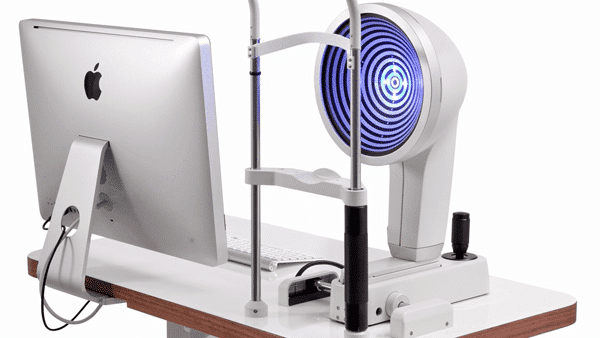
Objective Dry Eye Testing
Accurately measuring the amount of dryness, or how many tears their eyes produce is a crucial step in the screening process for laser vision correction.
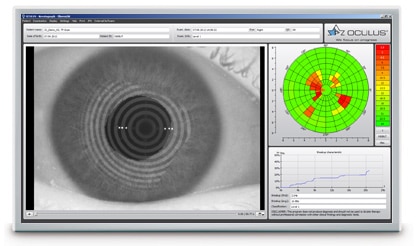
The Keratograph performs a Non-Invasive Keratograph Break-Up Time, or NIKBUT test, in just a few seconds (compared to the five or ten minutes the test used to take). An objective report (Crystal TEAR Report) quantifies the amount of dryness and breaks down any dry areas into specific regions of the eye giving our clinical team more detailed insights into the specificity and amount of dryness.
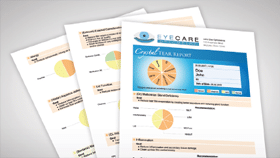
SMILE, LASIK, PRK & Dry Eyes
The ability to measure a patients dryness enables accurately and objectively us to recommend the best treatment for a patient’s individual eyes (with dry eye score being an important factor).
Typically, patients that have mild or moderate dryness would benefit more from SMILE or PRK, instead of LASIK. Both SMILE and PRK are less disruptive to the areas of the eyes that are responsible for tear production making those treatments a better option when considering laser vision correction.
Even with normal tear production (no dry eyes) a patient may still experience some temporary dryness after laser vision correction, especially LASIK. The Keratograph allows our clinical team to measure and monitor the amount of dryness as well as provide best suited treatment.
If your considering laser vision correction, ensure that you are properly screened for dry eyes. The Oculus Keratograph is the only device that can perform a touch-free NIKBUT analysis. Knowing that other options for laser vision correction like SMILE and PRK are better options for those with or at risk of dryness after treatment and discussing these options with your surgeon is an important step in the laser vision correction process.
Share This Article
Posted by Dan Haddad, M.D.
Dr. Daniel Haddad is the Medical Director at Laser Eye Institute. He has been improving the art and science of laser vision correction for over thirty years.
